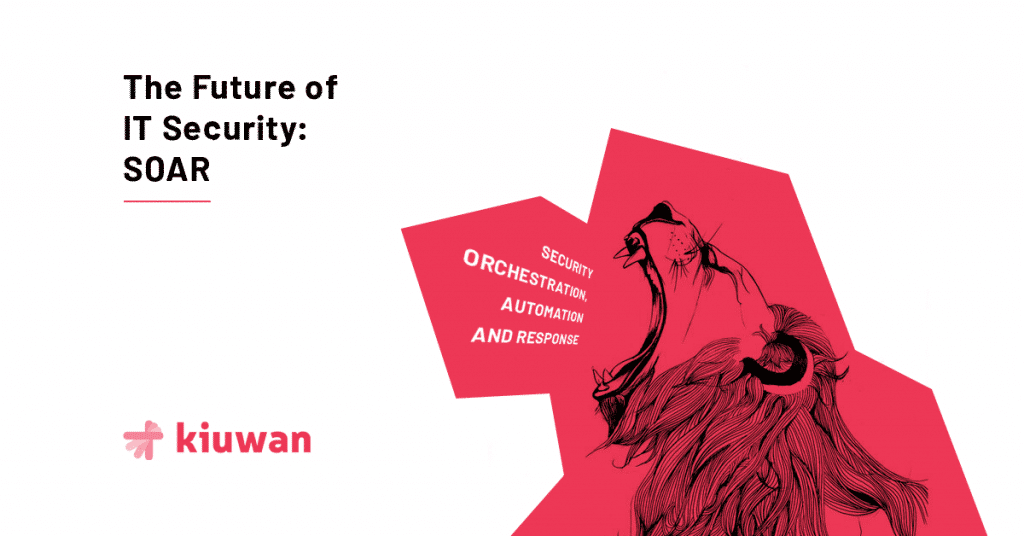

Today’s security professionals face a relentless barrage of alerts, a widening cybersecurity skills gap, and the constant pressure to do more with less. Manually triaging alerts, investigating incidents, and coordinating responses across disparate security tools is no longer sustainable.
By integrating with existing security infrastructure, Security Orchestration, Automation, and Response (SOAR) automates repetitive tasks, orchestrates incident response workflows, and provides real-time visibility into security posture.
With the help of SOAR, security teams can:
By leveraging SOAR and related tooling, organizations can transition from reactive firefighting to proactive threat management, strengthening their defenses and achieving a more resilient security posture.
As the threat landscape becomes increasingly complex, security teams must manage a growing arsenal of security tools. SOAR platforms act as a central nervous system, connecting and coordinating these separate elements to:
While the capabilities of SOAR highlight its importance, its growing role in sectors like Managed Detection and Response (MDR) further underscores its specific benefits. According to IDC MarketScape, MDR providers increasingly incorporate SOAR capabilities into their offerings as a standard feature. This trend is driven by the need to:
An NSA Cybersecurity Information Sheet emphasizes that SOAR is critical to a mature zero-trust security model. It highlights the need for:
While SOAR offers numerous advantages, organizations must also consider the following challenges. Successfully navigating these challenges requires a strategic approach to SOAR implementation. Due diligence demands careful planning, resource allocation, and ongoing training and development for security personnel.
Integrating SOAR with security tools and processes can be complex and require significant planning and resources. As the IDC MarketScape report highlights, MDR providers increasingly incorporate SOAR capabilities. However, organizations with deeply customized security tooling may face challenges integrating these platforms. This underscores the need to evaluate SOAR solutions and their compatibility with existing infrastructure carefully.
Organizations often need to customize SOAR solutions to fit their specific workflows and security requirements, which can be resource-intensive. The NSA Cybersecurity Information Sheet emphasizes the importance of developing well-defined playbooks and workflows for SOAR to be effective. Organizations require a deep understanding of their security policies, processes, and threat landscape and the technical expertise to configure and customize SOAR tools accordingly.
Although SOAR aims to reduce the workload on security teams, skilled personnel are still needed to manage and optimize these systems effectively. The IDC MarketScape report notes that while SOAR can help bridge the cybersecurity skills gap, organizations still need experienced analysts to oversee SOAR operations, fine-tune playbooks, and handle complex incidents that require human intervention. The NSA guidance further emphasizes the need for skilled personnel to develop and maintain robust incident response plans, which is essential for effective SOAR implementation.
SOAR technology is poised to advance across several dimensions as the cyber threat landscape evolves. The need for greater automation, intelligence, and accessibility will drive change, and organizations can expect the following:
Future SOAR platforms will likely incorporate more advanced AI and ML capabilities to enhance threat detection and response automation. This trend is already evident in the MDR market, with providers leveraging AI and ML to power their threat-hunting and incident-response capabilities. The NSA guidance further emphasizes the potential of AI and ML to enhance SOAR’s effectiveness, particularly in areas like anomaly detection, user behavior analysis, and automated response.
The development of no-code and low-code SOAR platforms will allow organizations to automate workflows more easily without requiring extensive programming knowledge. As a result, SOAR should become more accessible to a broader range of users. This trend aligns with the broader movement towards democratizing technology and empowering non-technical users to use sophisticated tools. This means the longtail of users benefiting from SOAR’s capabilities will include smaller organizations and those with limited security expertise.
SOAR solutions will increasingly leverage threat intelligence to improve their predictive capabilities, allowing organizations to stay ahead of emerging threats. The IDC MarketScape report highlights the importance of threat intelligence in enabling proactive security measures. By integrating with external threat intelligence feeds and leveraging AI and ML to analyze threat data, SOAR platforms will become better at identifying potential threats before they materialize — and more effective at automating preventative actions.
These SOAR advancements will enhance its security operations capabilities, improve incident response times, and empower organizations to stay ahead in the cybersecurity race. With Kiuwan’s application security platform, organizations can create a comprehensive security strategy that addresses vulnerabilities at every level, from source code to runtime environments.


